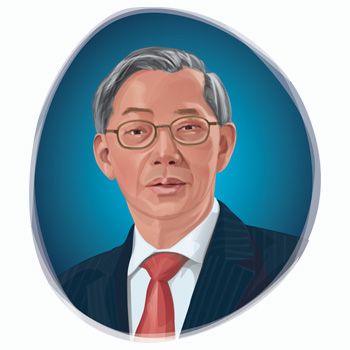
Portrait by Ellen Marlello
There are many forces colliding in this moment. The financial realities of higher theological education have brought about significant stressors for leadership. Theological education is simply getting harder, and this is reflected in the declining average tenure of a presidency. It’s a tough job.
There is continuing decline in church membership, and not just mainline; evangelical churches are declining too. Most seminaries are seeing enrollment declines. The pressure on institutions to continue to innovate and to create new programs is real. We are fortunate that foundations like Lilly Endowment, Inc. are providing funding to help schools adapt and change.
The student population also has shifted. Covid has brought to the fore what was already happening, and residential student populations are declining.
Schools that resisted moving in the direction of distance learning are now jumping on board. Ten years ago, when I began at Claremont, it was purely residential, today, just one in five of our students is in a residential setting. There is no turning back; we need delivery modalities that reach students where they live.
The Church itself will have to adapt and I’m seeing that happening. Because we are in front of the curve, we’ve been able to show the delivery modality is not always the most important thing; it’s content and how distance learning is done well. In the last 10 years, we’ve trained a good group of clergy that have shown this can be done quite well.
Schools are now doing the work around the diversity, equity, and inclusion question and this has led to intentionality in recruiting a more diverse population, which is necessary for the future of the Church. The Church will continue to evolve and so must theological education.